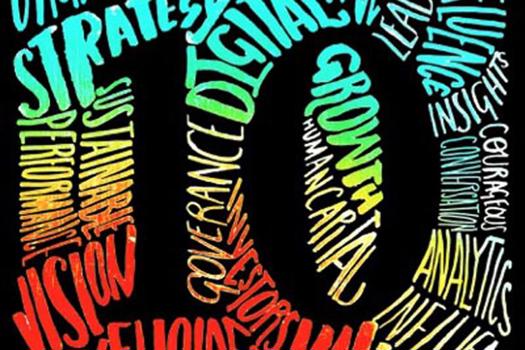Ever thought your company holds you back? Well maybe the truth is not so far off this. According to organisational design adviser Maxxim Consulting, the very structure of your organisation directly impacts how much HR change you can really make happen.
According to Maxxim, most companies can be split into just four types: tactical partnerships; holding companies; active partnerships; and private equity firms (see opposite page). But it is the characteristics of these corporate centres, says Maxxim - not your own personalities and skills - that ultimately determine how much influence HR (you) will ever have.
"All firms have much larger forces at work that constrain or provide the conditions for them to flourish," comments Jerry Brown, director at Maxxim. "For example, all companies typically structure themselves with a minimum of 30% of staff doing compliance-only activities. But in some it's as much as 50%; this leaves very little room for innovation, for what we call 'creating value'."
Brown says each of the four organisational structures has its own, distinct impact on HR's ability to facilitate change (see opposite page). So does this explain why the Dave Ulrich partnership model doesn't work in your company? Is HR's destiny really so set in stone, or can visionary HR directors work against the organisational grain to introduce policies that, in theory, have no chance of ever being successful?
1. TACTICAL PARTNERSHIP
Characterised by: Some core policy-setting, majority of decision-making and service provision is at the divisional and local level. There is limited shared services or automation, resulting in duplication across the business.
Strategic goals: Cost control; divisional growth; market penetration.
Who might fit this model? ITV, Segro, Vodafone, Aviva, The Carphone Warehouse, Rentokil, Kingfisher.
What this means for HR: HR services are closely aligned to divisional/local requirements resulting in variation in service offering across divisions.
Challenges for HR
- Evolution is driven by a 'powerful few';
- HQ has grown by adding management layers;
- Corporate centre's role is to check what is proposed by divisions;
- Centre not seen to add value.
HR impact in a nutshell: Requires strong local HR capabilities.
HR's response: Matthew Brearley, HR director, Vodafone says: "This definition is partly correct, but I feel HR's ability to influence is a blend of the organisational model and environment and personalities of people. We have a global framework but freedom to work in our territories. Do I have the ability to influence and make change - absolutely."
2. ACTIVE PARTNERSHIP
Characterised by: Group-level centres of excellence; central policy setting; limited local decision-making; shared services; automation of low value/high volume processes.
Strategic goals: Organic growth; margin improvement; quality improvement; cost reduction; shared services; knowledge-sharing; capability management.
Who might fit this model? Sainsbury's, Marks & Spencer, Shell, Microsoft, BT, Accenture, GlaxoSmithKline.
What this means for HR: Range of services covering staff lifecycle. Development, reward and performance management centrally-led.
Challenges for HR
- Large, powerful corporate centre with high levels of control over
strategic planning;
- Strong functional leadership with most senior people at centre;
- Change driven from the centre;
- Greater emphasis on shared services and common processes;
- Longer-term focus.
HR impact in a nutshell: Strong central policies may restrict alignment to divisional and business needs
3. HOLDING COMPANY
Characterised by: Limited central policy and shared services. HR structure varies across each operating company.
Strategic goals: Cost management; growth through acquisition; capital growth; cost reduction.
Who might fit this model? Tomkins, Imperial Tobacco.
What this means for HR: HR is focused on organisation performance; primary services include succession planning, senior recruitment and reward.
Challenges for HR
- Minimal corporate core;
- Focus on financial targets and results;
- Few central functions and leadership;
- Few centralised processes leading to more headcount.
HR impact in a nutshell: Given the focus on numbers, HR may be limited to administration and transactional support.
4. PRIVATE EQUITY
Characterised by: Central policy-setting for executive recruitment and reward. HR structure varies across each business, so there is limited shared services.
Strategic goals: Return to shareholders; capital growth; capability improvement, cost reduction.
Who might fit this model? Smiths Group, Cable & Wireless.
What this means for HR: Its primary services include compensation, succession planning, management development and senior recruitment.
Challenges for HR
- Focus on financial performance and results;
- Little or no central functional leadership;
- Strong governance between group executive and business units exerted
through 'investor directors';
- High control over make-up of executive teams.
HR impact in a nutshell: HR needs to prove contribution to business results and justify ROI
HR response: Colm Coffey, HR director, C&W (up till September), says: "C&W is about growth, productivity and margins, but also about being a great place to work. An HR transformation project has actually broken through old barriers. C&W has stopped being prescriptive and encourages employees to develop their own pace of change."








